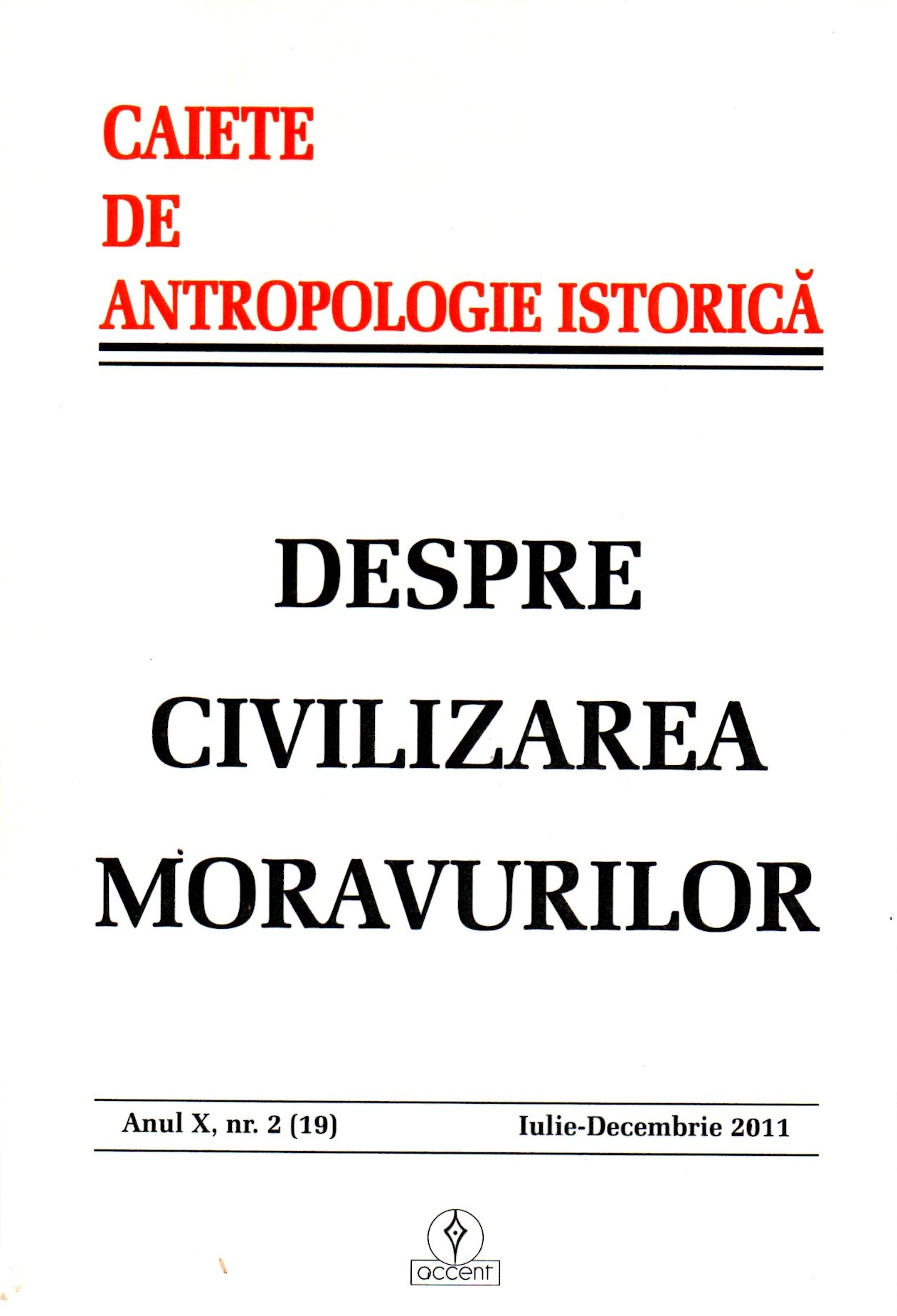Imaginea conducătorului providenţial al perioadei romantice din Ţările Române – analize imagologice asupra liderului Tudor Vladimirescu
The Image of the Providential Leader during the Romantic Period in the Romanian Countries – Imagological Analysis of the Leader Tudor Vladimirescu
Author(s): Tudor-Valentin NeamțuSubject(s): Cultural history, Cultural Anthropology / Ethnology, 19th Century
Published by: Accent Publisher
Keywords: Tudor Vladimirescu; providential leader; imagology; revolutionary movement; collective mentality; romantic hero;
Summary/Abstract: The period covered by this research is a stormy one, with crises, wars and scourges of all kinds that generated outbreaks of collective insecurity. Against the background of the onset of Romanticism and of the nationalist ideology, this climate of anxiety anticipated the historical ascent of charismatic leaders. In the political mentality of the Romanian countries in the period 1821-1828, the providential leaders appear to be predestined characters, endowed with exceptional qualities which assure them a fabulous trajectory, but who fail to carry out their mission. Although the messianic expectations imagined another historical course, much more idealistic, everyday realities apparently turned against the prophetic predictions. The vicissitudes of more than a century of Phanariotism were followed by a devastating Turkish invasion, a terrible famine, a financial crisis, all of which were accompanied by two epidemics of plague between 1824 and 1826. The revolutionary movement led by Tudor Vladimirescu seemed to offer a firm solution for emancipation and liberation, as long as it was led by the Saviour Hero who exercised his supreme authority as a leader of the masses. This saviour, a symbol of youth and dynamism, an archetype of Alexander, subjugated and dominated the crowds and instigated an immediate explosion. Tudor Vladimirescu does not offer protection, but an urge for departure, a signal of adventure. Once he had disappeared, the entire structure collapsed, but the revolutionary ideals continued to ferment in the minds of the society. However, the image of this leader manages to impress through the multitude of both positive and negative instances in which he found himself. In the popular mentality, the image of Tudor Vladimirescu is an alternative to the real one, and in the context of revolution and its vicissitudes it has acquired a symbolic value. Thus, they overlooked the cruelties, the tensions and hardships of those times, and they created a sentimental archetypal image of a just and lawful leader, an embodiment of the providential man.
Journal: Caiete de Antropologie Istorică
- Issue Year: 2011
- Issue No: 19
- Page Range: 204-215
- Page Count: 12
- Language: Romanian

